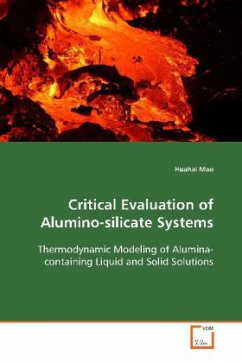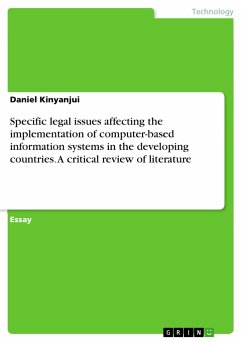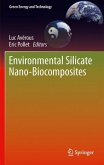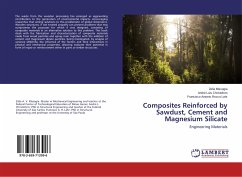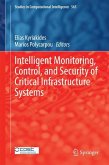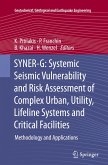Thermodynamic knowledge of alumino-silicate systems
is useful in steel and ceramic industries and for
understanding geochemical processes. In this work
the CALPHAD approach is applied to the thermodynamic
modelling and assessments of the CaO-Al2O3-SiO2, MgO-
Al2O3-SiO2 and Y2O3-Al2O3-SiO2 systems and their
subsystems. The compound energy formalism is used
for all the solution phases including mullite, YAM,
spinel and halite. In particular, the ionic two sub-
lattice model is applied to the liquid phase. Based
on recent experimental investigations and
theoretical studies a new species AlO2-1 is
introduced to model liquid Al2O3. Thus, the liquid
model corresponding for a ternary Al2O3-SiO2-M2Om
system has the formula (Al+3,M+m)P (AlO2-1,O-2, SiO4-
4,SiO20)Q, where M+m stands for Ca+2, Mg+2 or Y+3.
This model overcomes the long-existing difficulty of
suppressing the liquid miscibility gap in the
ternary systems originating from the Al2O3-free side
during the assessments. All the available phase
diagram and thermochemical data are critically
evaluated and finally a self-consistent
thermodynamic dataset is achieved.
is useful in steel and ceramic industries and for
understanding geochemical processes. In this work
the CALPHAD approach is applied to the thermodynamic
modelling and assessments of the CaO-Al2O3-SiO2, MgO-
Al2O3-SiO2 and Y2O3-Al2O3-SiO2 systems and their
subsystems. The compound energy formalism is used
for all the solution phases including mullite, YAM,
spinel and halite. In particular, the ionic two sub-
lattice model is applied to the liquid phase. Based
on recent experimental investigations and
theoretical studies a new species AlO2-1 is
introduced to model liquid Al2O3. Thus, the liquid
model corresponding for a ternary Al2O3-SiO2-M2Om
system has the formula (Al+3,M+m)P (AlO2-1,O-2, SiO4-
4,SiO20)Q, where M+m stands for Ca+2, Mg+2 or Y+3.
This model overcomes the long-existing difficulty of
suppressing the liquid miscibility gap in the
ternary systems originating from the Al2O3-free side
during the assessments. All the available phase
diagram and thermochemical data are critically
evaluated and finally a self-consistent
thermodynamic dataset is achieved.

